How Do Graduated Neutral Density Filters Work ?
Graduated neutral density filters work by reducing the amount of light that enters the camera lens in a gradual manner. These filters are typically rectangular in shape and have a clear area at the bottom and a darker area at the top. The clear area allows light to pass through unobstructed, while the darker area reduces the amount of light that enters the lens.
This is useful in situations where there is a large difference in brightness between the sky and the foreground, such as during a sunrise or sunset. By using a graduated neutral density filter, the photographer can balance the exposure between the sky and the foreground, resulting in a more evenly exposed image. The filter can be adjusted to match the specific lighting conditions, and can be used with a variety of lenses and camera systems.
1、 Optical Density Gradient
Graduated neutral density filters are used in photography to balance the exposure of a scene with a high dynamic range. These filters are designed to reduce the amount of light entering the camera lens, but only in a specific area of the image. This is achieved by using an optical density gradient, which means that the filter is darker at one end and gradually becomes lighter towards the other end.
When the filter is placed in front of the lens, the darker part of the filter reduces the amount of light entering the camera, while the lighter part allows more light to pass through. This helps to balance the exposure of the scene, allowing the photographer to capture detail in both the bright and dark areas of the image.
The optical density gradient is achieved by coating the filter with a special material that absorbs light. The thickness of the coating varies across the filter, creating the gradient effect. The latest advancements in filter technology have allowed for more precise and accurate gradients, resulting in higher quality images.
Overall, graduated neutral density filters are an essential tool for landscape photographers, allowing them to capture stunning images with balanced exposure and detail in all areas of the scene.
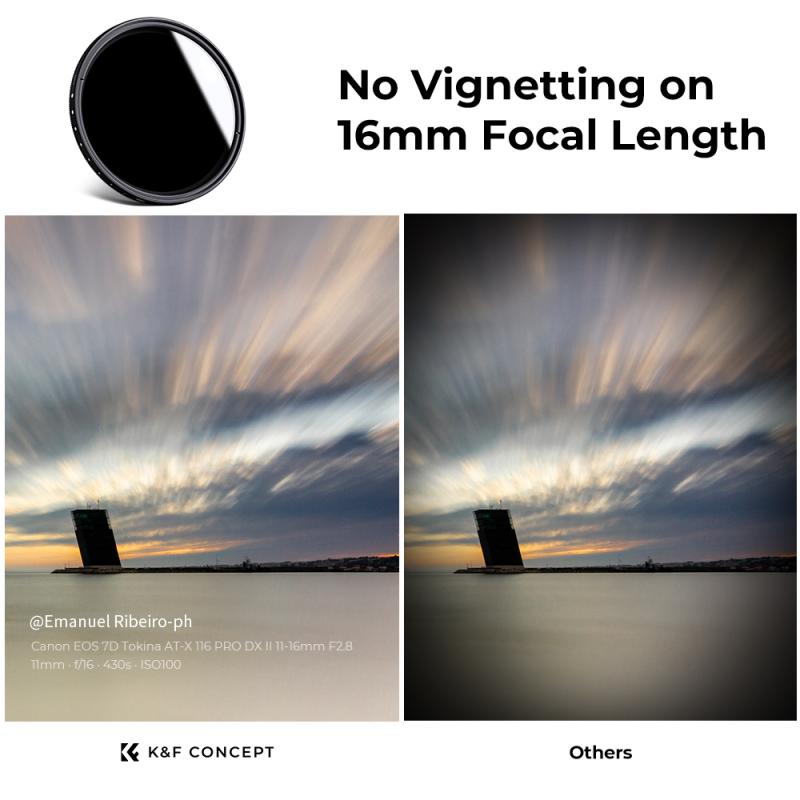
2、 Light Transmission Control
Graduated neutral density filters work by controlling the amount of light that enters the camera lens. These filters are designed to reduce the amount of light that enters the lens in a specific area of the image, while allowing the rest of the image to be exposed normally. This is achieved by using a gradient of neutral density material that is darker at one end and gradually becomes lighter towards the other end.
The darker end of the filter is placed over the area of the image that is brighter, such as the sky, while the lighter end is placed over the darker area of the image, such as the foreground. This helps to balance the exposure of the image, resulting in a more evenly exposed photograph.
The light transmission control of graduated neutral density filters is achieved through the use of high-quality optical glass or resin materials that are coated with a special coating to reduce glare and reflections. This coating also helps to maintain the color accuracy of the image, ensuring that the colors are not distorted or altered in any way.
In recent years, there has been a shift towards using digital post-processing techniques to achieve similar effects to graduated neutral density filters. However, many photographers still prefer to use these filters as they offer a more natural and organic look to the final image, without the need for extensive post-processing.
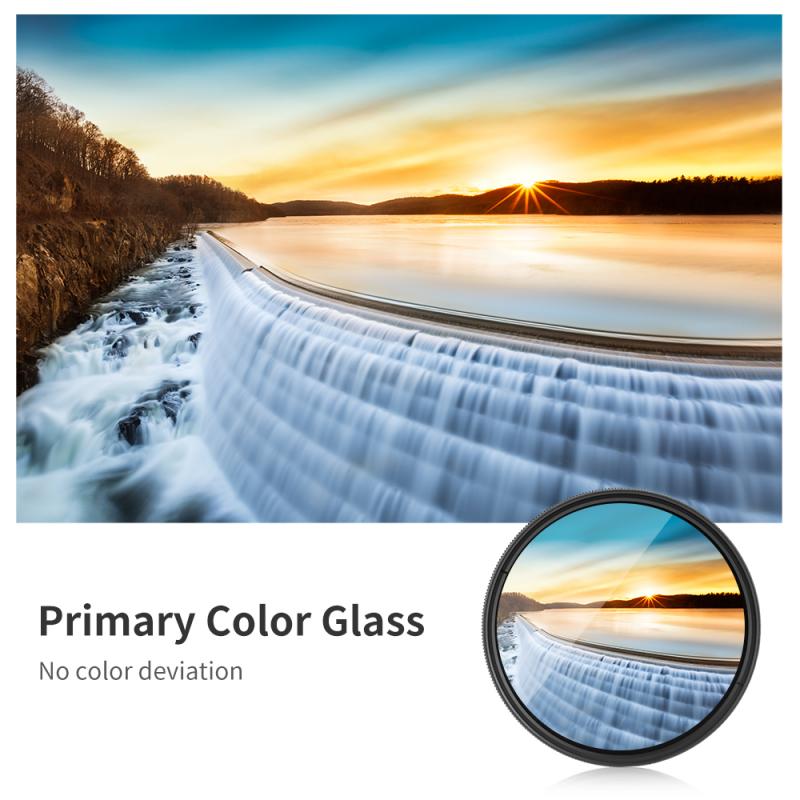
3、 Exposure Compensation
How do graduated neutral density filters work?
Graduated neutral density filters are used in photography to balance the exposure of a scene that has a large dynamic range. These filters are designed to reduce the amount of light that enters the camera lens, but only in specific areas of the image. They are called "graduated" because the density of the filter gradually changes from top to bottom, allowing for a smooth transition between the filtered and unfiltered areas of the image.
The way graduated neutral density filters work is by blocking light from entering the camera lens in a specific area of the image. This allows the photographer to balance the exposure of the scene, making sure that both the bright and dark areas are properly exposed. For example, if you are taking a landscape photo with a bright sky and a dark foreground, you can use a graduated neutral density filter to darken the sky without affecting the foreground.
The latest point of view on graduated neutral density filters is that they are still a useful tool for photographers, but they are not always necessary. With the advancements in digital photography, it is now possible to achieve similar results through exposure compensation and post-processing techniques. However, for photographers who prefer to get the shot right in-camera, graduated neutral density filters are still a valuable tool to have in their kit.
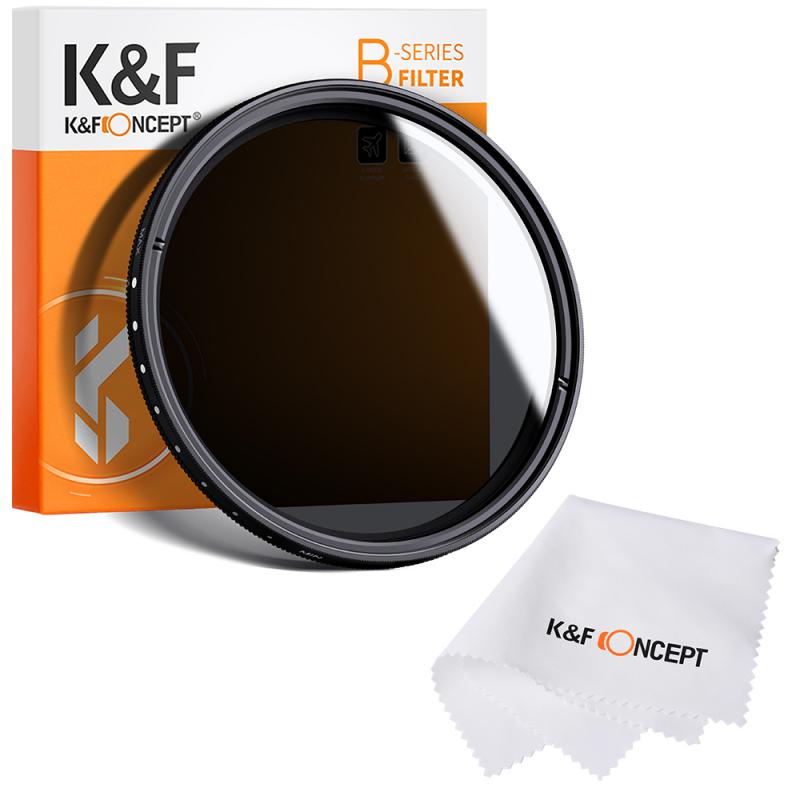
4、 Color Neutrality
Graduated neutral density filters are used in photography to balance the exposure of a scene that has a significant difference in brightness between the sky and the foreground. These filters are designed to reduce the amount of light that enters the camera lens, but only in a specific area of the image. The top half of the filter is darkened, while the bottom half remains clear. This allows the photographer to darken the sky without affecting the exposure of the foreground.
The way graduated neutral density filters work is by using a gradient of neutral density coating on the filter. This coating is designed to reduce the amount of light that enters the lens, but only in a specific area of the image. The top half of the filter is coated with a darker density, while the bottom half remains clear. This creates a gradual transition between the darkened and clear areas of the filter, which allows the photographer to control the amount of light that enters the lens.
Color neutrality is an important aspect of graduated neutral density filters. The latest point of view is that these filters should not introduce any color cast or tint to the image. This means that the filter should not affect the color balance of the scene, and the resulting image should be as natural-looking as possible. To achieve color neutrality, high-quality filters are made with high-quality materials and coatings that are designed to minimize any color shifts.
In summary, graduated neutral density filters work by using a gradient of neutral density coating to reduce the amount of light that enters the lens in a specific area of the image. Color neutrality is an important aspect of these filters, and the latest point of view is that they should not introduce any color cast or tint to the image.
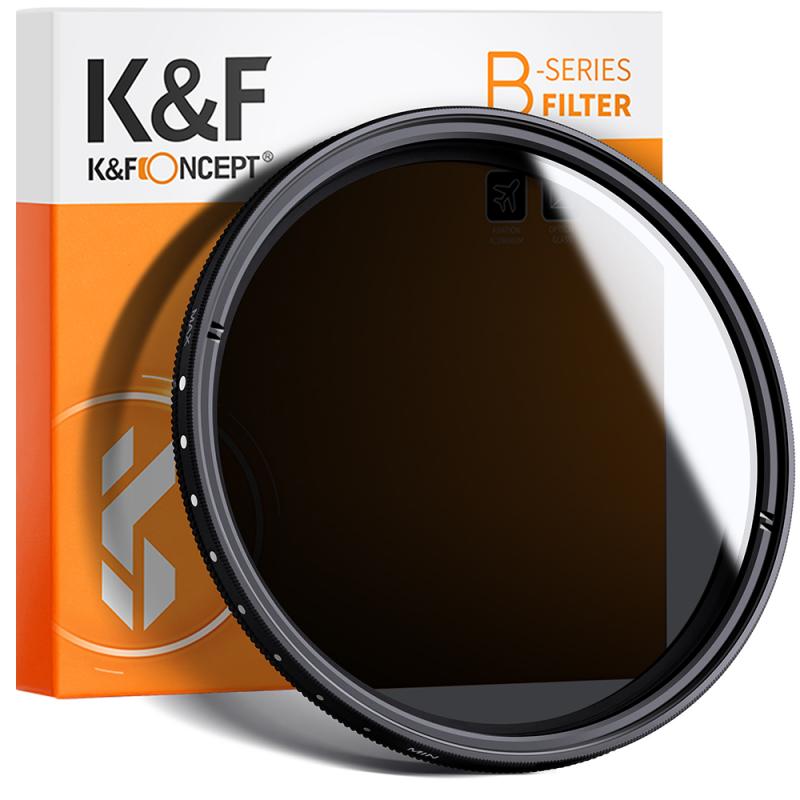





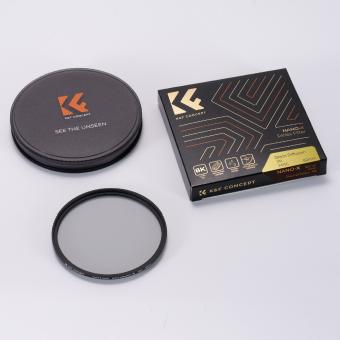
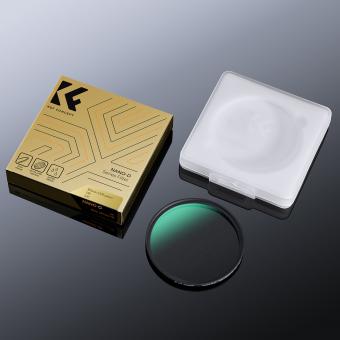

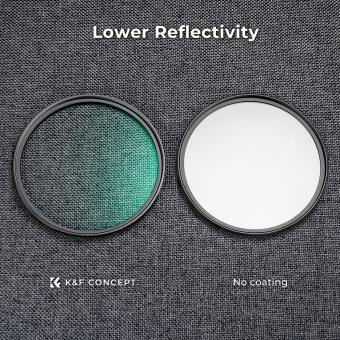

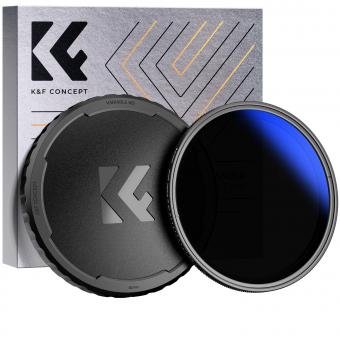
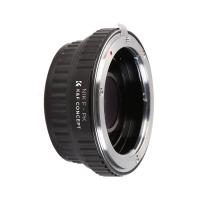

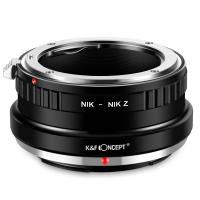











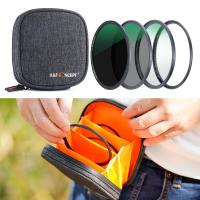

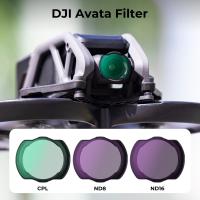

There are no comments for this blog.